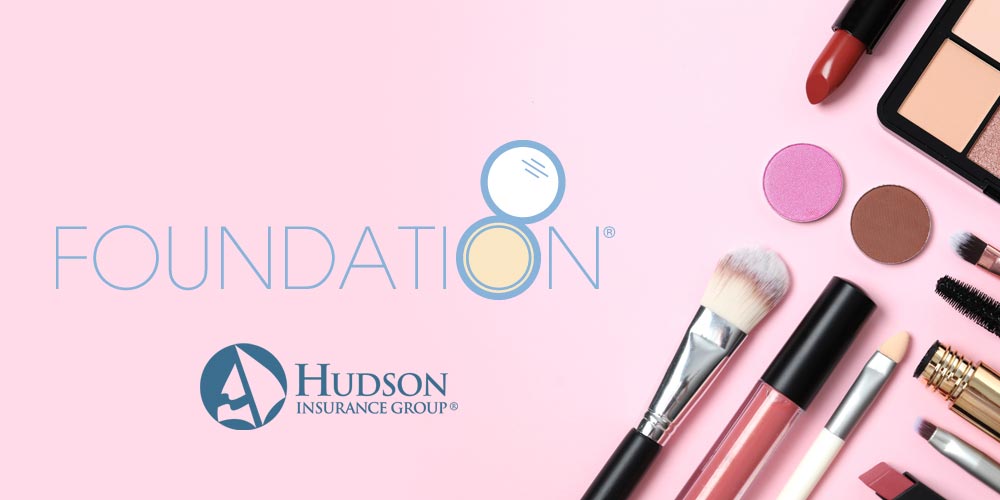By John Culotta
The demand for eco-friendly pest control is growing as consumers and businesses become more aware of the environmental and health impacts of traditional chemical methods.
While eco-friendly products offer advantages such as a smaller environmental impact and increased safety for people and pets, they also present unique insurance risks. These can stem from the product’s effectiveness, potential allergic reactions to natural components, proper application, and the need for specialized training and expertise.
It’s important to thoroughly understand the potential risks and liabilities involved in using more environmentally friendly pest control methods.
- Efficacy claims. Eco-friendly methods may be less effective than traditional pesticides and often take longer to achieve the desired level of pest control compared to conventional synthetic pesticides. As a result, it may require multiple product applications.
- Allergic reactions. While marketed as safer, some natural ingredients like essential oils (e.g., cedarwood, peppermint, rosemary) and plant extracts can trigger allergic reactions in sensitive humans and pets. Cross-contamination with previously applied chemical treatments in a client’s home may also trigger adverse reactions.
- Improper use. Even natural products can be harmful or ineffective if not applied according to the manufacturer’s instructions; therefore, proper application is critical. Keep in mind that the effectiveness of certain eco-friendly solutions may be more sensitive to environmental conditions like temperature, humidity, and rainfall, requiring careful timing of application.
- Proper training. Effective eco-friendly pest control requires a deep understanding of pest biology and the appropriate natural solutions. Inadequate technician training could result in ineffective treatments and potential liabilities.
- Cost. Some eco-friendly pest control products, particularly those using high-quality natural extracts or advanced biological agents, can be more expensive than conventional pesticides.
Pest control companies must be aware of these unique risks and challenges and ensure they have the right policy in place to help cover any related medical expenses, repair costs, and legal fees. Some key policy considerations for your business should include:
- General Liability Insurance: Covers third-party bodily injury and property damage from your operations.
- Professional Liability Insurance: Helps protect against client claims of negligence or failure to deliver results.
- Environmental Impairment Liability: Safeguards from contamination claims, covering cleanup, property damage, and health claims related to spills during the application of any chemicals.
- Tools and Equipment Coverage: Protects your pest control tools and equipment against theft or damage during transit or at job sites.
- Workers’ Compensation Insurance: Covers medical expenses and lost wages for employees injured on the job, which is required in most states, even with eco-friendly products.
- Specialized Pest Control Liability Insurance: A specialized policy that can cover the unique risks facing today’s pest control firms.
Consult an insurance broker familiar with the pest control industry, particularly eco-friendly practices, to tailor a comprehensive insurance package that covers all potential coverage gaps. By carefully assessing these insurance needs, you can protect your pest control company from the financial risks associated with using eco-friendly products and provide your clients with peace of mind.
To view full newsletter, download here.


